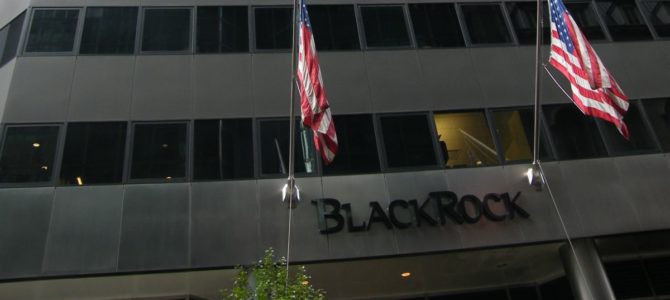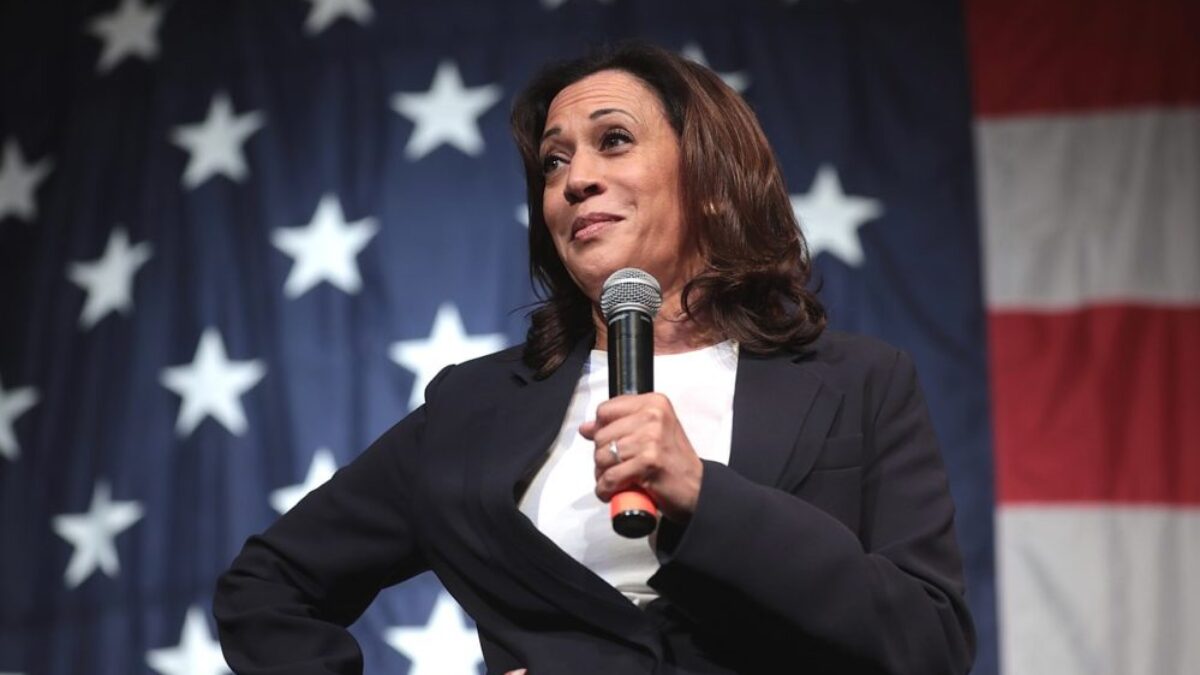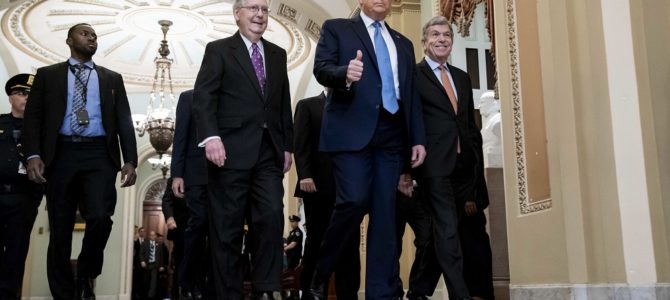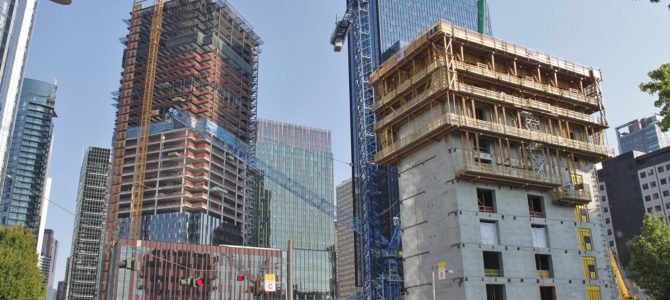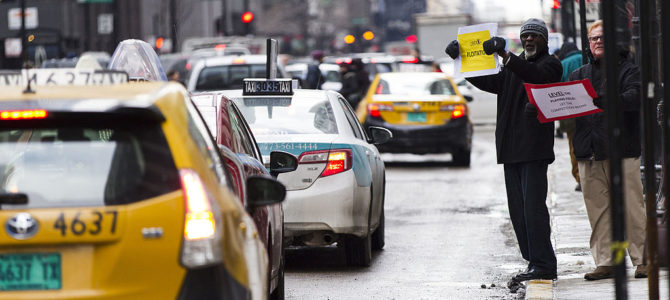
Since his 2013 bid to become New York City’s mayor, Bill de Blasio has taken well in excess of half a million dollars in campaign contributions from the city’s taxi cab industry. Now, as the mayor prepares to sign into law a restriction on the number of ride-sharing cars, that industry is getting a return on its massive investment in him. In a move worthy of Tammany Hall, de Blasio is preparing to harm the taxi industry’s needed competition in order to protect his political patrons.
The overwhelmingly Democratic City Council has placed on the mayor’s desk a bill that would cap the number of ride-share cars licensed in New York. These app-based companies have hurt the traditional taxi industry badly, sending once highly valued taxi medallions into a value plummet.
As with all market advancements, there are winners — Uber drivers and citizens who love Uber — and losers: the taxi industry. In classic socialist style, de Blasio is punishing the majority of people who benefit from an open market by rewarding political friends who want a monopoly on services.
De Blasio’s Justification
There are two reasons New York Democrats think ride-sharing apps have to be cut back: depressed wages and profits for taxi workers and companies, and traffic congestion in the city. Both of these supposed problems, however, come with gaping caveats.
As Joe Borelli, one of a handful of Republicans in City Council, put it, “Solving one genuine problem for one group of people by causing a new problem for a separate group of people, all while making transportation more difficult and costly for the public, is not a win. This won’t solve Manhattan’s traffic woes, especially when we have had two mayors in a row turn needed traffic lanes into bike lanes, docking stations, and pedestrian plazas.”
It is useful to unpack these issues one at a time to see if it really makes sense for the city to drastically cut back the number of car services available to its citizens. First, to the question of depressed wages for drivers. The mayor and the taxi industry have pointed out a human toll in drivers faced with mounting losses who have gone so far as to commit suicide. At least one specifically cited ride-sharing apps as a reason.
The Effects of Creative Destruction
As Borelli points out, sinking profits for traditional taxis is a problem for a large group of taxi workers in New York. But the fact of the matter is, this is how capitalism works. With the rise of the digital camera, Eastman Kodak went from one of the world’s richest corporations to bankruptcy within a decade. The government could have banned or capped digital cameras to save the company, its employees, and shareholders, but obviously such restriction of progress would have been bad for pretty much everyone else.
Just as calculators made profitable abacus-building work harder to find, Uber makes traditional taxi work harder to find. But the benefits of ride-sharing apps have been enormous. In the outer boroughs, where traditional taxis have been historically hard to find because there is less volume, ride-sharing apps have given millions of people a new option for transportation. They have also ended a long-standing problem of taxis not stopping for racial minorities.
But beyond advantages for consumers, there are advantages for drivers. The rideshare versus taxi conflict is a microcosm of the conflict between the growing gig economy and traditional modes of employment. For many Uber drivers, as with those who use other labor apps like Task Rabbit, there is a huge appeal in essentially being one’s own boss. The ability to set one’s own schedule alone is worth a lot for devotees of the gig economy.
For progressives like de Blasio, this entrepreneurial spirit and freedom that comes with self-employment makes state control of people’s lives and outcomes much harder. Ideally in de Blasio’s world, almost everyone would work for a big unionized company subject to state control of wages, hours, benefits, etc. Such jobs exist in the civil service or companies like UPS, but if individuals essentially working for themselves can deliver a better product to the marketplace, the city government has no business stopping them from doing so.
The Problem of Congestion
There is a lot of traffic in New York City. There has always been a lot of traffic in New York City. There will always be a lot of traffic in New York City. There is very little data to show that ridesharing has made New York City commutes worse. As Borelli said, the last two mayors have made wide swaths of midtown Manhattan, the most densely trafficked area in the city, impassable to cars with pedestrian plazas.
Former mayor Michael Bloomberg and de Blasio might imagine that they are creating some kind of modern agora in the glass and steel valleys of midtown, but actually they are ugly rows of tables and chairs mostly peopled by the homeless, confused tourists, and people in cartoon costumes aggressively seeking tips. The cost of these plazas is a dearth of streets open to vehicles. Maybe before capping a valuable and popular new industry in the city the mayor should let cars drive on the actual streets.
This move also comes as the subways are in great disrepair. The L train to Williamsburg, the hipster express, is about to go out of commission, and express lines to South Brooklyn have gone local. These are exactly the types of destinations that ridesharing services create greater access to. It makes no sense to limit that option at the same time others are diminished.
Corporations and lobbyists are free to contribute money to candidates they think will advance their interests. Notwithstanding the hot water de Blasio has found himself in regard to campaign contributions, there is nothing wrong with the taxi lobby trying to help elect a guy in their corner. But this move at this time makes no sense and will do real harm to far more people than it helps.
This decision, as well as creeping quality of life issues, should give New Yorkers some pause. We have emerged from 20 years of non-Democratic machine leadership into the age of de Blasio, in which a Republican challenge to him seems remote. It took two decades of bad decisionmaking and a city that went down the tubes to get Rudy Giuliani elected in 1993. Let’s hope for the city’s sake that this time New Yorkers read those signs earlier.


